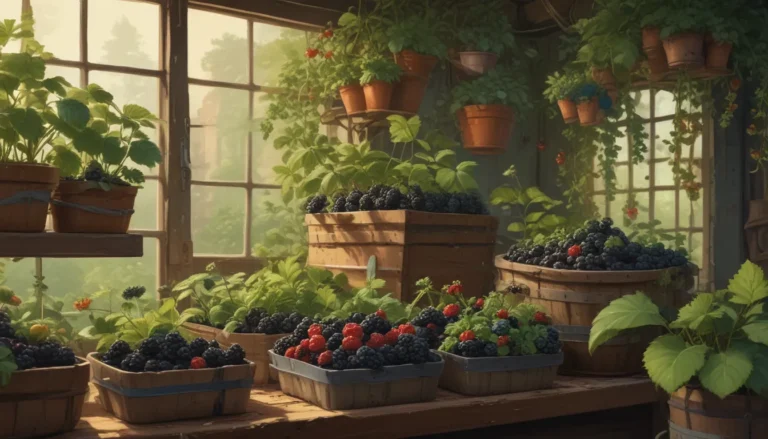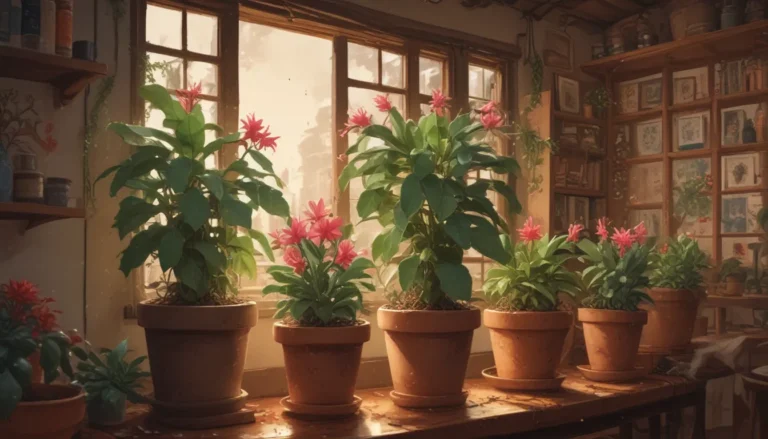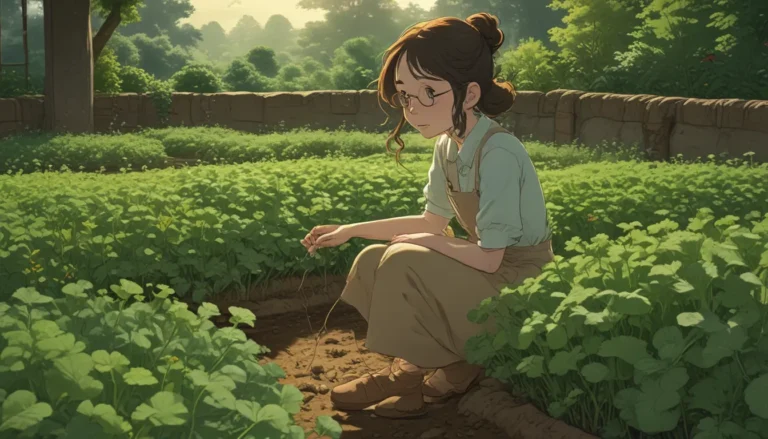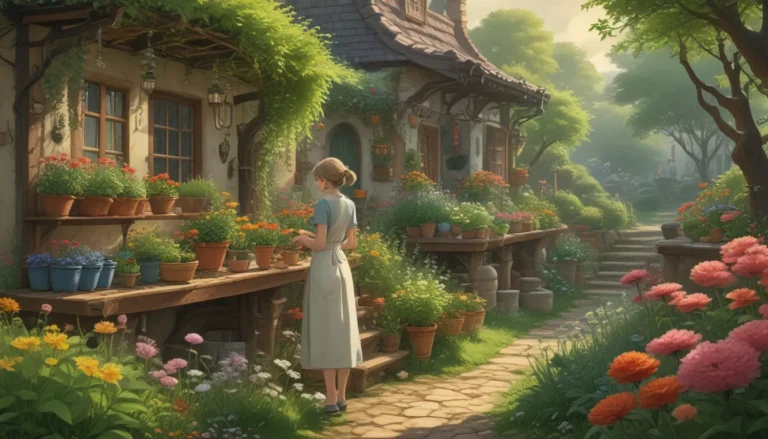Cultivating and Preserving Goldenseal: A Comprehensive Guide

Goldenseal, also known as Hydrastis canadensis, is a treasured medicinal plant that originates from the woodlands of North America. This herb has gained immense popularity as a botanical supplement in the United States, leading to a high demand in the market that has put the wild population of this species at risk of extinction. However, by cultivating goldenseal, growers have the unique opportunity to protect this vulnerable species and contribute to its conservation efforts.
In addition to its medicinal properties, goldenseal also serves as an attractive addition to gardens, where it can flourish as a graceful ground cover that is resistant to deer. In this detailed guide, we will explore everything you need to know to successfully plant and grow this enchanting woodland species in your garden or landscape.
What You’ll Discover in This Guide
- Cultivation and History
- Propagation
- How to Grow
- Growing Tips
- Where to Buy
- Managing Pests and Disease
- Harvesting and Preserving
- Quick Reference Growing Guide
The Story of Hydrastis canadensis
Hydrastis canadensis belongs to the Ranunculaceae family and is a slow-growing perennial herbaceous plant that emerges in early spring. With a hardiness range of Zones 3 to 8, this species is native to the central and eastern hardwood forests of North America, where it thrives in moist, well-drained soil rich in humus under the canopy of trees.
Unfortunately, the wild population of goldenseal is facing a threat due to habitat loss and extensive commercial harvesting. As of 2020, the USDA has listed goldenseal as endangered, threatened, or a species of special concern in various states across the US. To address this critical situation, organizations like United Plant Savers have initiated conservation programs to promote the propagation of Hydrastis canadensis and ensure its survival for future generations.
The Healing Powers of Goldenseal
Goldenseal contains bioactive compounds such as berberine and hydrastine, which are known for their medicinal properties. Berberine is traditionally used to treat various health conditions, including digestive issues, skin disorders, and infections. On the other hand, hydrastine is recognized for its antibacterial properties and its role as a sedative. When combined with echinacea, goldenseal acts as an immune system enhancer and has become a popular herbal supplement in the market.
The rich history of goldenseal as a traditional remedy used by Indigenous peoples further highlights its significance as a valuable medicinal plant. Its at-risk status and endangered wild population make it an ideal candidate for cultivation in medicinal gardens or as an ornamental ground cover.
Propagation Techniques
Goldenseal can be propagated using two primary methods: from seed or by taking rhizome cuttings. While growing from seed requires more time and attention, dividing rhizomes offers a more reliable approach to propagate this herbaceous perennial.
-
From Seed: Seeds can be collected from mature plants in late summer and sown immediately or stratified for later planting. The slow growth rate of goldenseal means that visible signs of vegetation may take up to two years to appear.
-
Rhizome Division: Mature plants can be divided into rhizome cuttings during the plant’s dormant season in fall or early spring. Each divided rhizome should contain at least one bud, and planting in a prepared bed will yield mature roots in three to five years.
-
Seedlings/Transplanting: Once seedlings have developed true leaves, they are ready for transplanting into a shaded area with suitable soil conditions.
Establishing Your Goldenseal Garden
Goldenseal thrives in woodland beds or shade houses, making it essential to provide a shady environment for its growth. Amending soil with compost and maintaining a pH level of 5.5 to 6.0 will enhance root yield and nutrient absorption. Proper mulching and weeding, along with minimal irrigation, are key factors in ensuring the success of goldenseal cultivation.
Growing Tips
- Cultivate in soil with a pH of 5.5 to 6.0.
- Grow in full to part shade.
- Maintain a layer of mulch.
Where to Source Your Goldenseal
Given its at-risk status in the wild, it’s crucial to obtain goldenseal plants or cuttings from reputable sources to prevent overharvesting. Local native plant sales, specialty seed suppliers, and online sources can provide a reliable selection of goldenseal plants for cultivation.
Pest and Disease Management
While goldenseal is relatively pest and disease-resistant in its natural habitat, certain environmental conditions may attract herbivores or diseases. Voles, slugs, and root-knot nematodes are common pests that can be managed through preventive measures and natural control methods.
Harvesting and Preserving Goldenseal
After three years of growth, goldenseal roots can be harvested during the fall, ensuring that mature plants are left behind for continued propagation. Drying roots on racks with good airflow is essential to preserve their medicinal properties, while leaves can be dried similarly to other herbs for later use.
In Conclusion
Cultivating goldenseal offers a rewarding opportunity to protect and preserve a valuable medicinal plant that is facing extinction in the wild. By following the tips and techniques outlined in this guide, you can create a thriving goldenseal garden while contributing to its conservation efforts. Share your experiences and tips for growing goldenseal in the comments below to inspire others to embark on this botanical journey.
If you found this guide informative, you may also enjoy exploring our collection of articles on medicinal plants and herbs for additional insights and tips on nurturing your garden naturally.
Let’s join hands as conservationists and gardeners to cultivate and preserve the remarkable goldenseal plant for generations to come.





